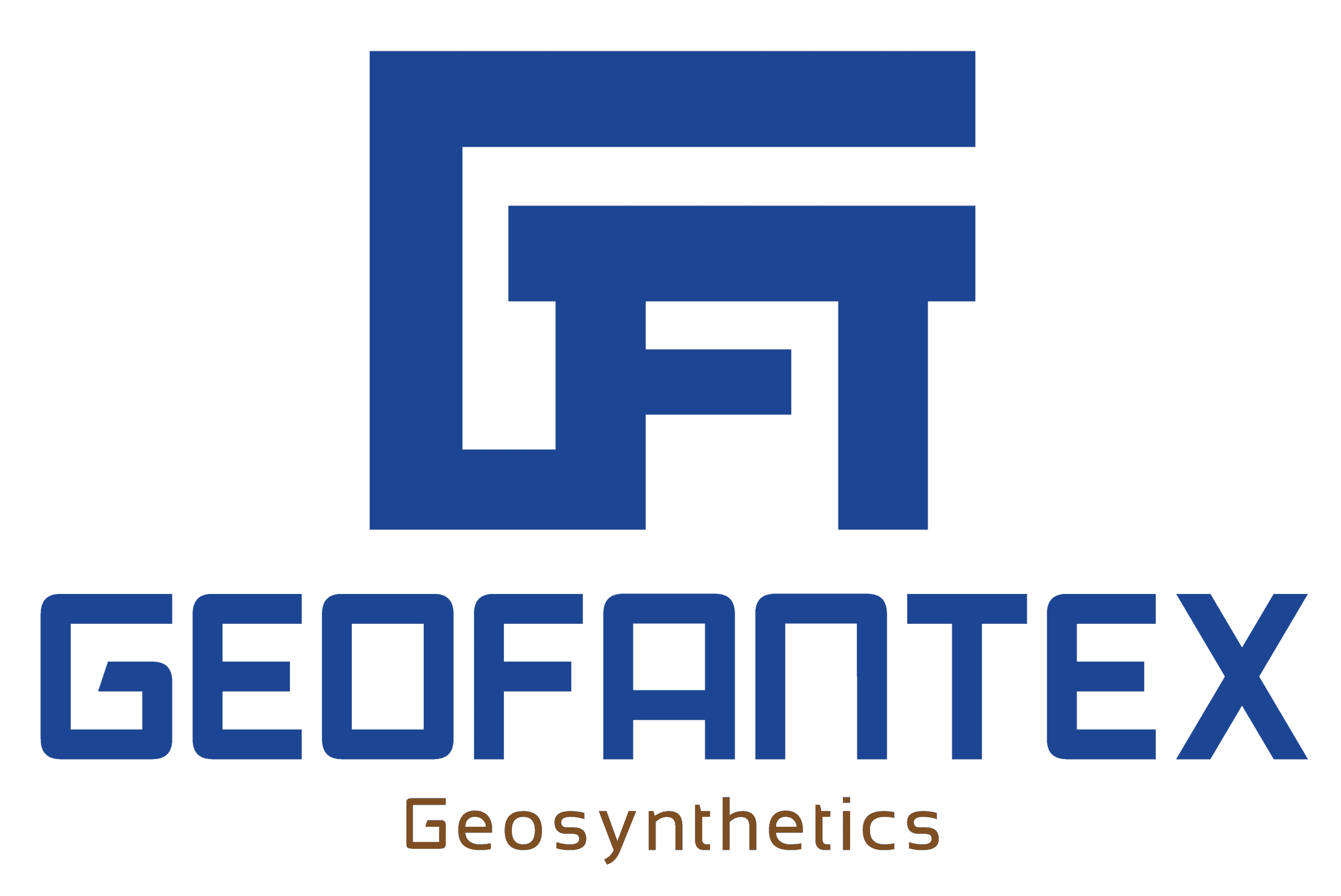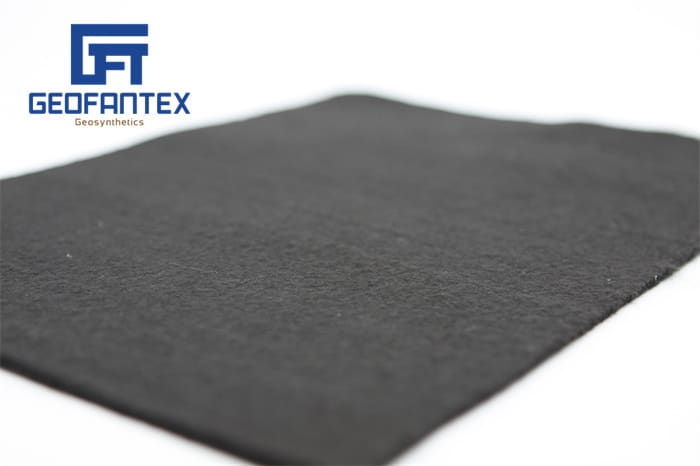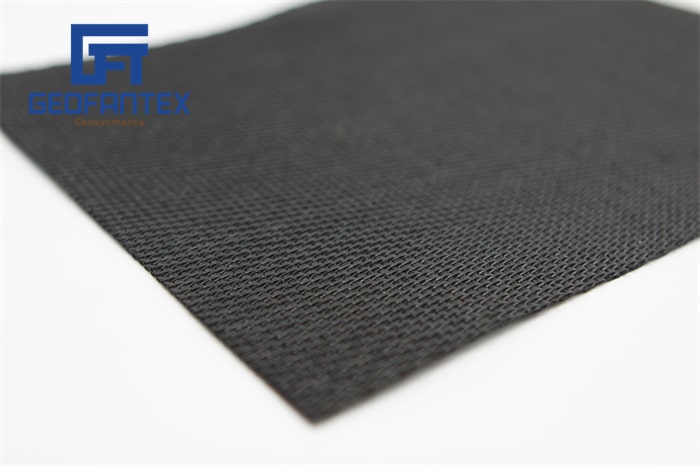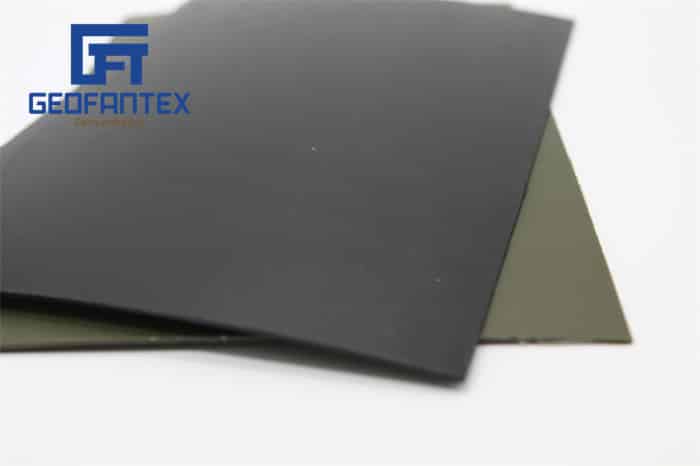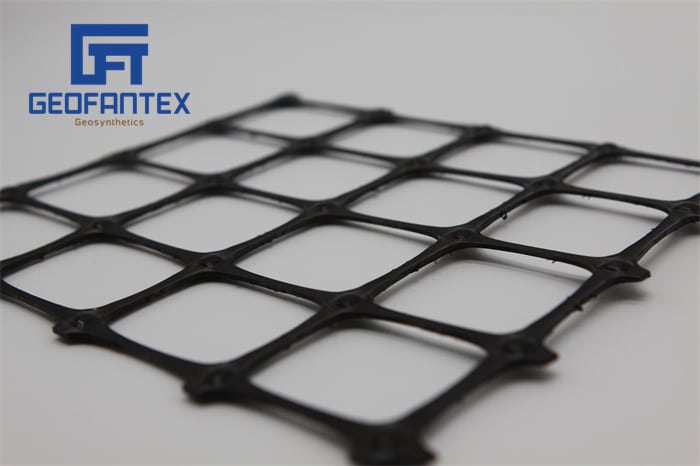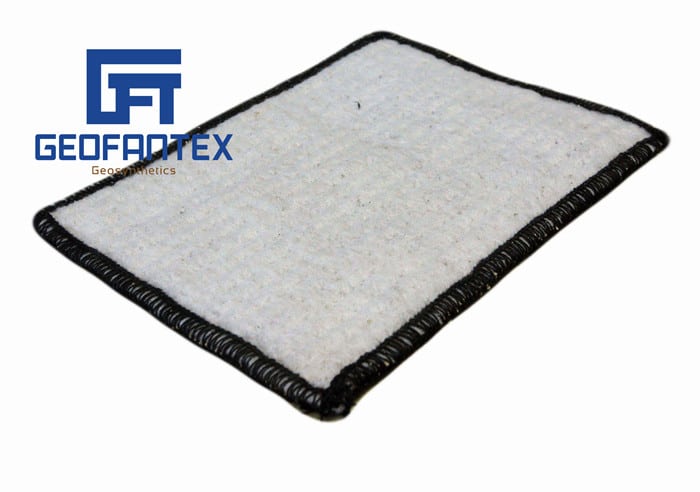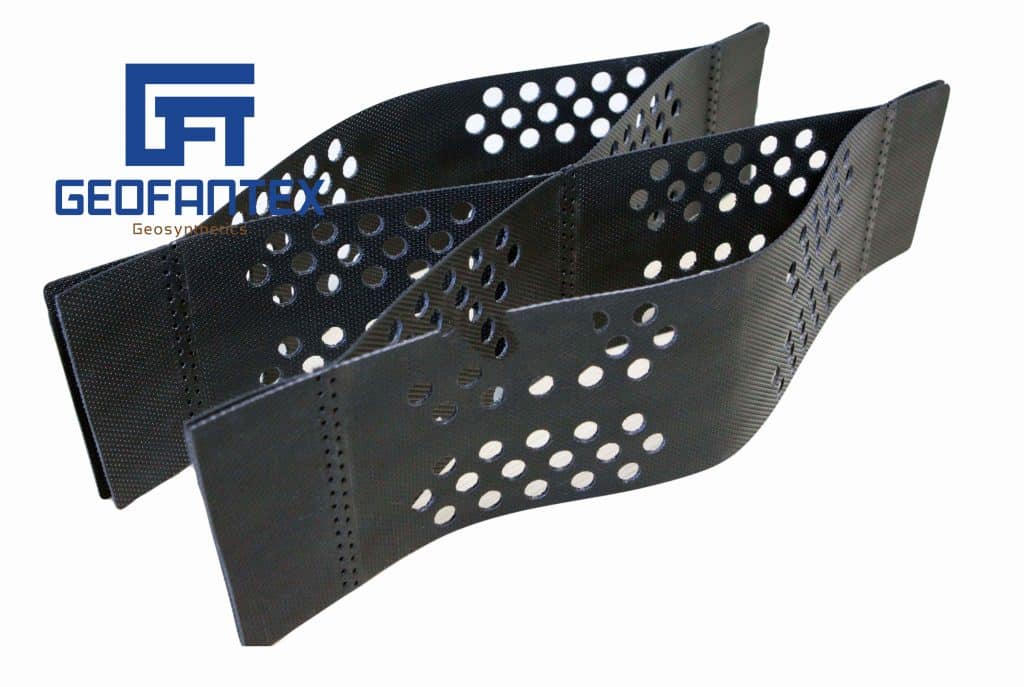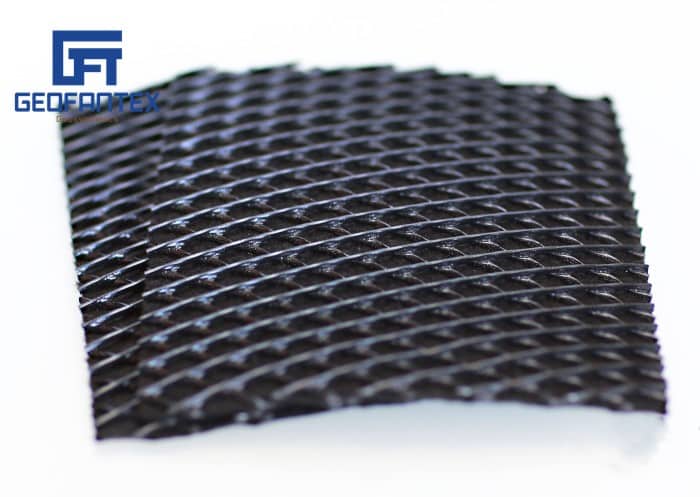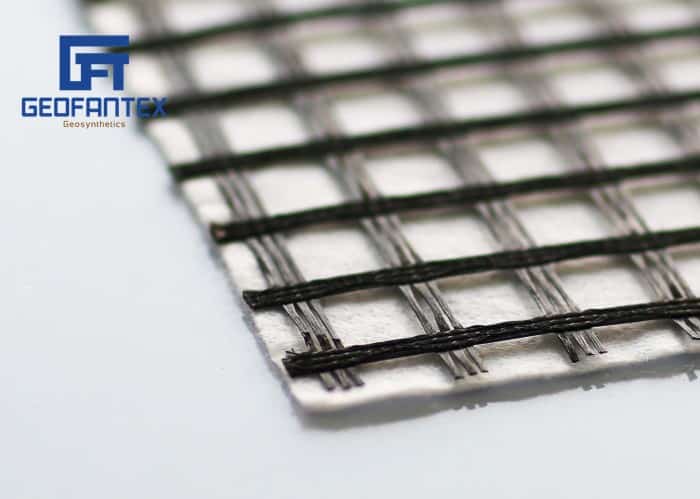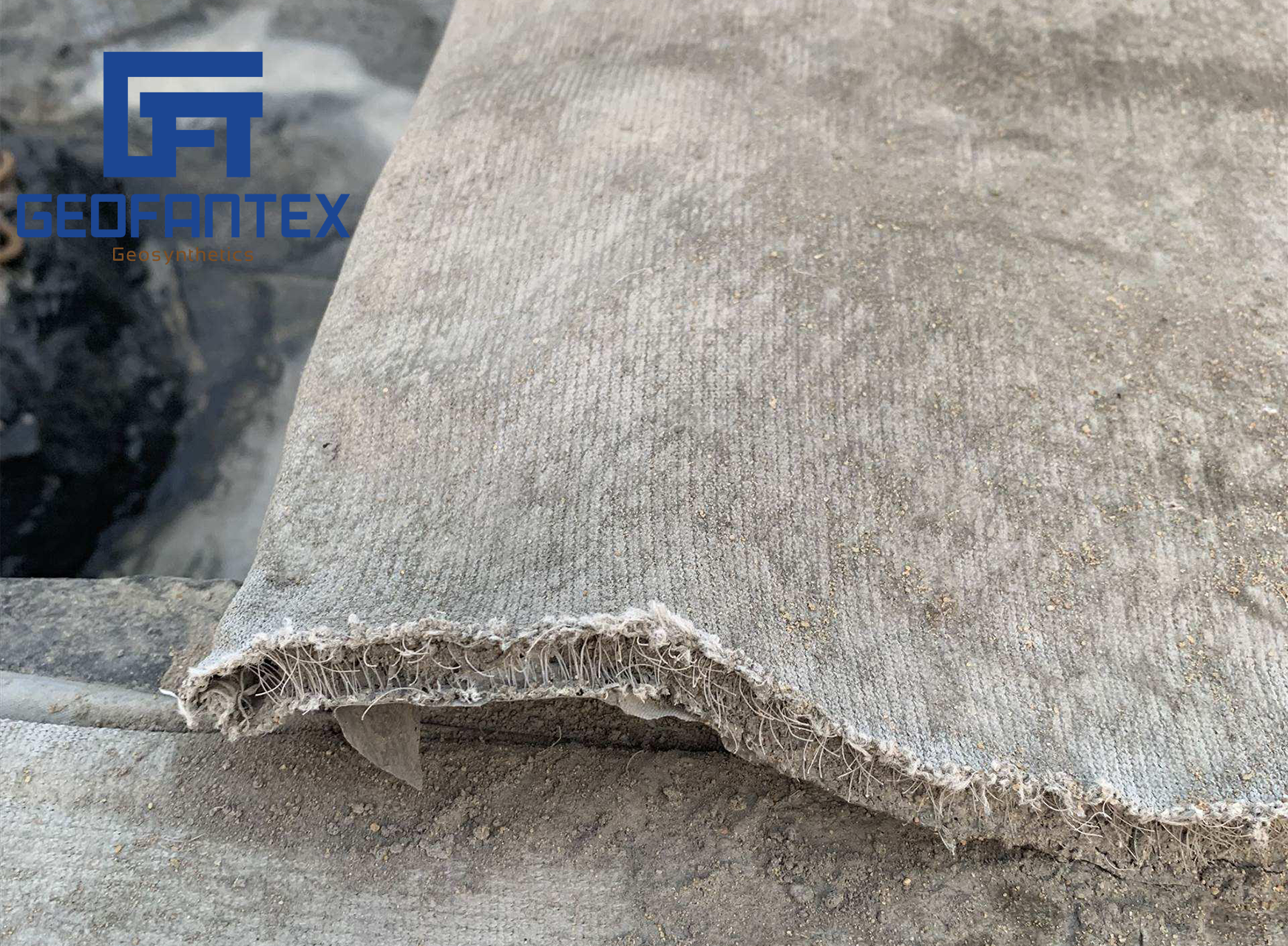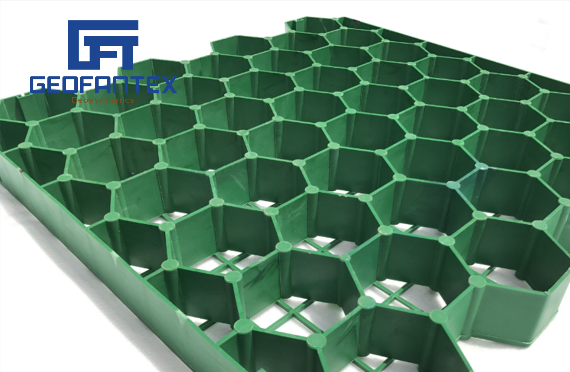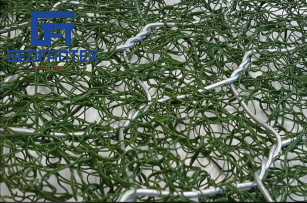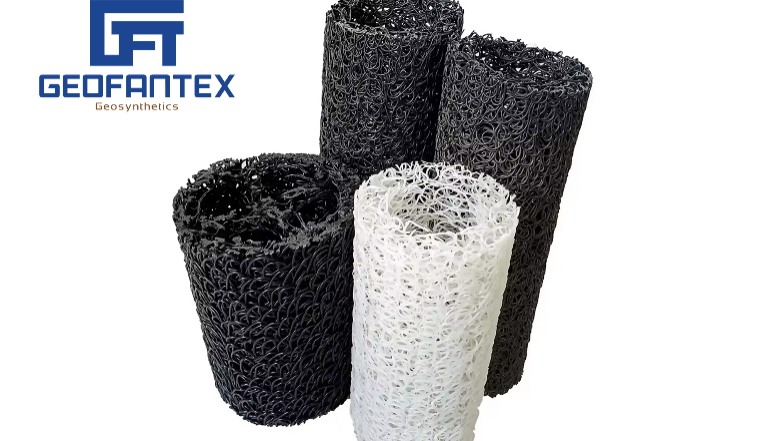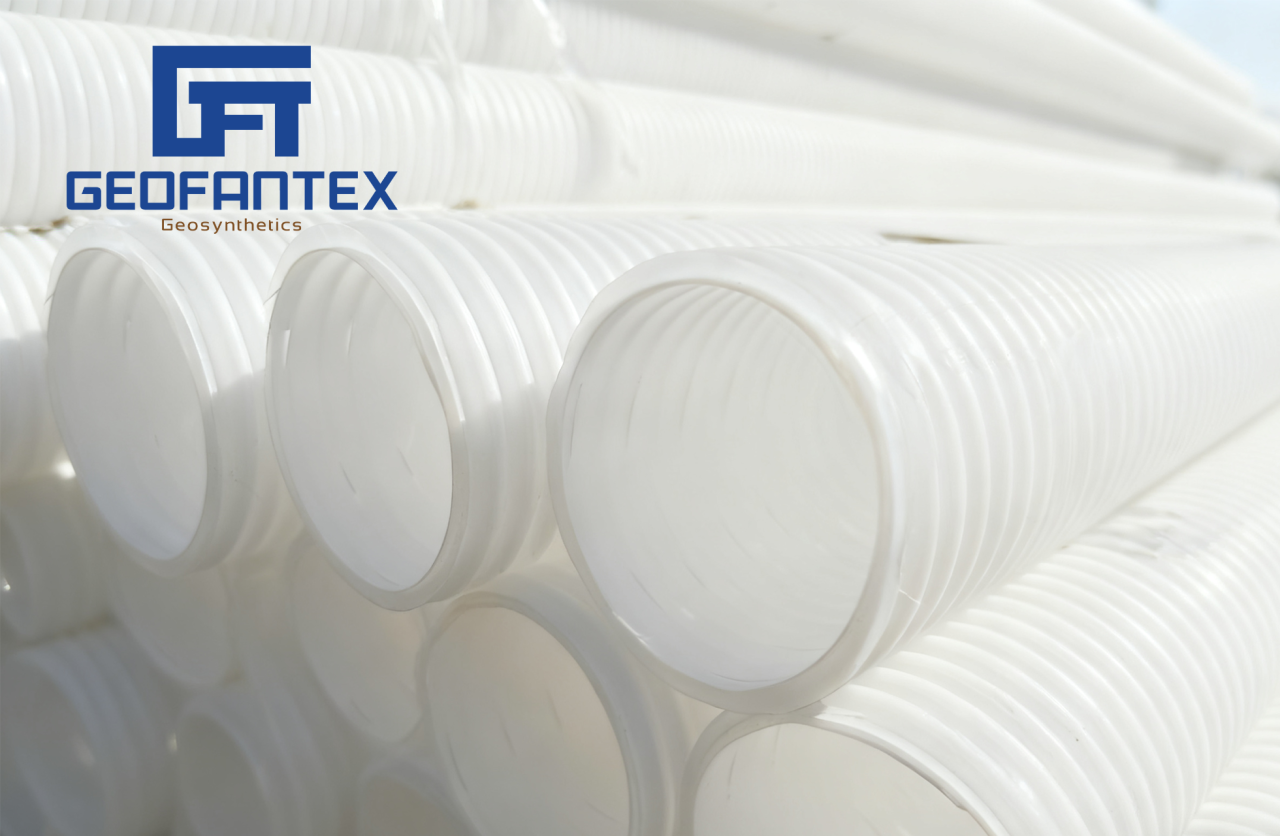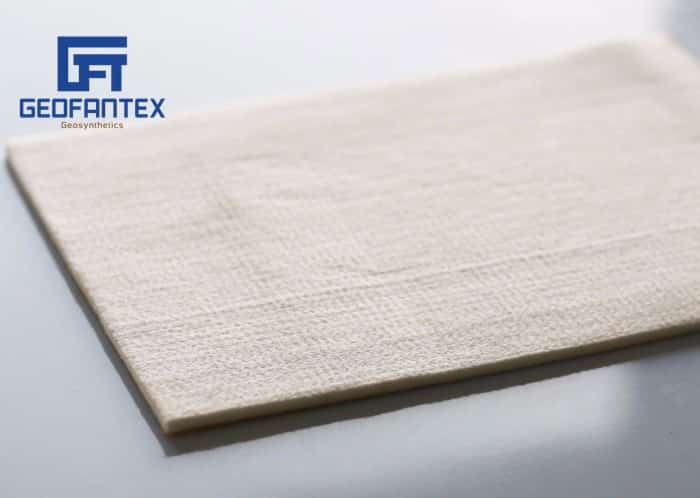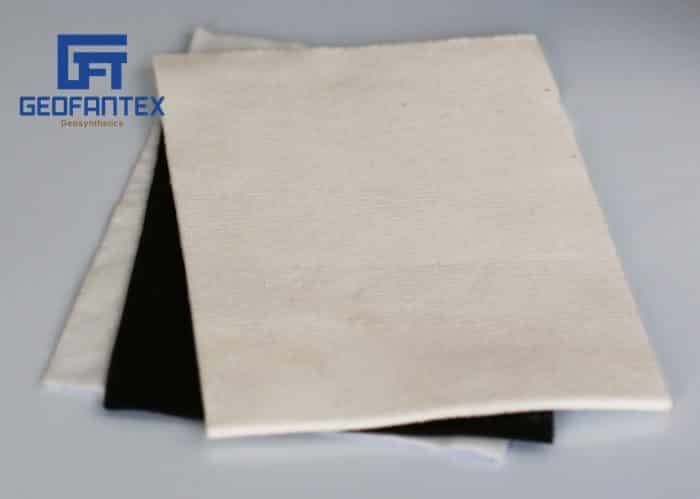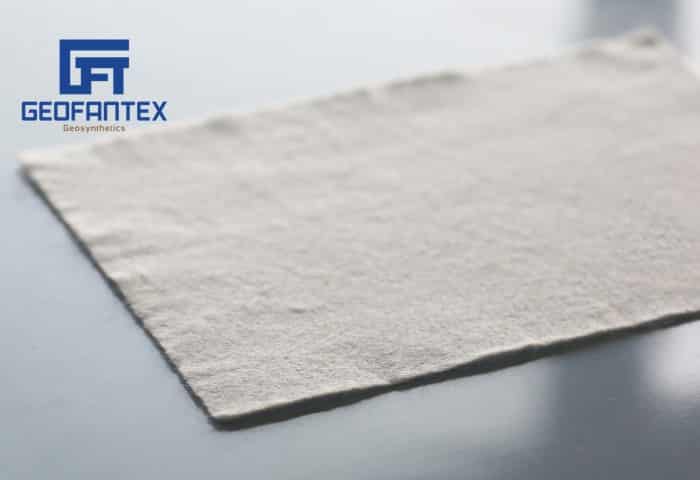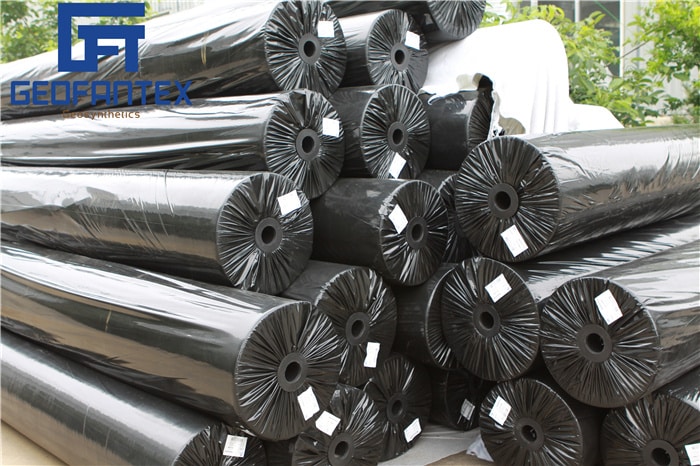+86-159 9860 6917
info@geofantex.com
geofantex@gmail.com
+86-400-8266163-44899
The use of geotextile for retaining wall applications is gaining momentum in 2025, as the geosynthetics industry introduces new technologies aimed at improving structural integrity, cost efficiency, and environmental sustainability.
Advances in Geocomposite Retaining Wall Design
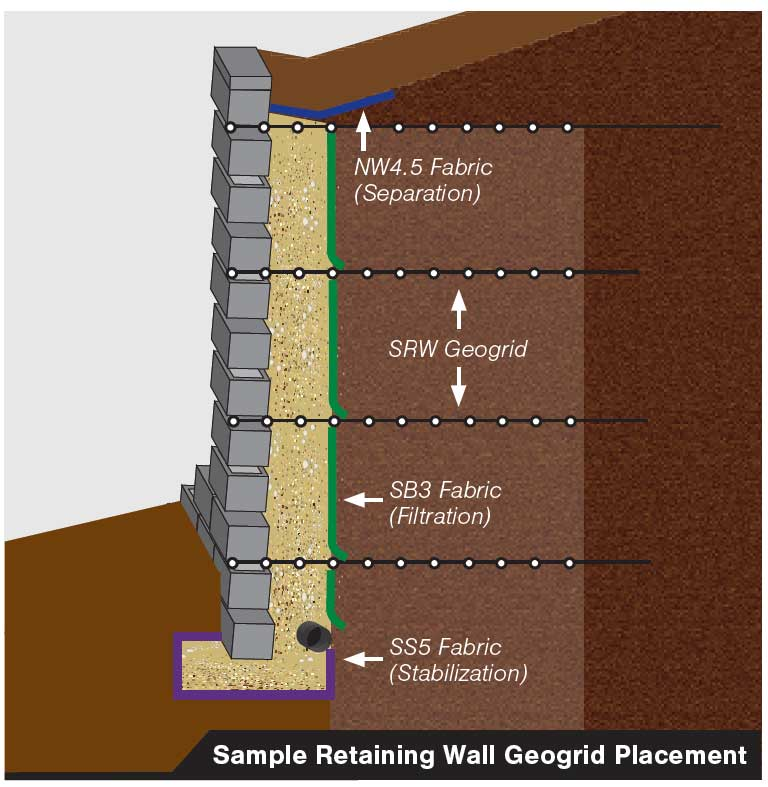
Recent advancements in geosynthetic materials have led to the development of geocomposite retaining walls, which integrate multiple layers of geosynthetic fabrics—such as geotextiles, geomembranes, and geogrids—to enhance soil stabilization, erosion control, and water drainage. These systems offer superior performance and longevity compared to traditional retaining wall structures, making them an ideal choice for projects facing challenging environmental conditions.
How is a geocomposite drainage mat different from traditional drainage layers?
In addition, the U.S. geotextile market is experiencing significant growth, driven by urbanization, environmental concerns, and a focus on sustainable construction practices. Geotextiles play a crucial role in infrastructure projects by reinforcing foundations, distributing loads evenly, and preventing subsidence, thereby reducing the risk of costly repairs and maintenance.
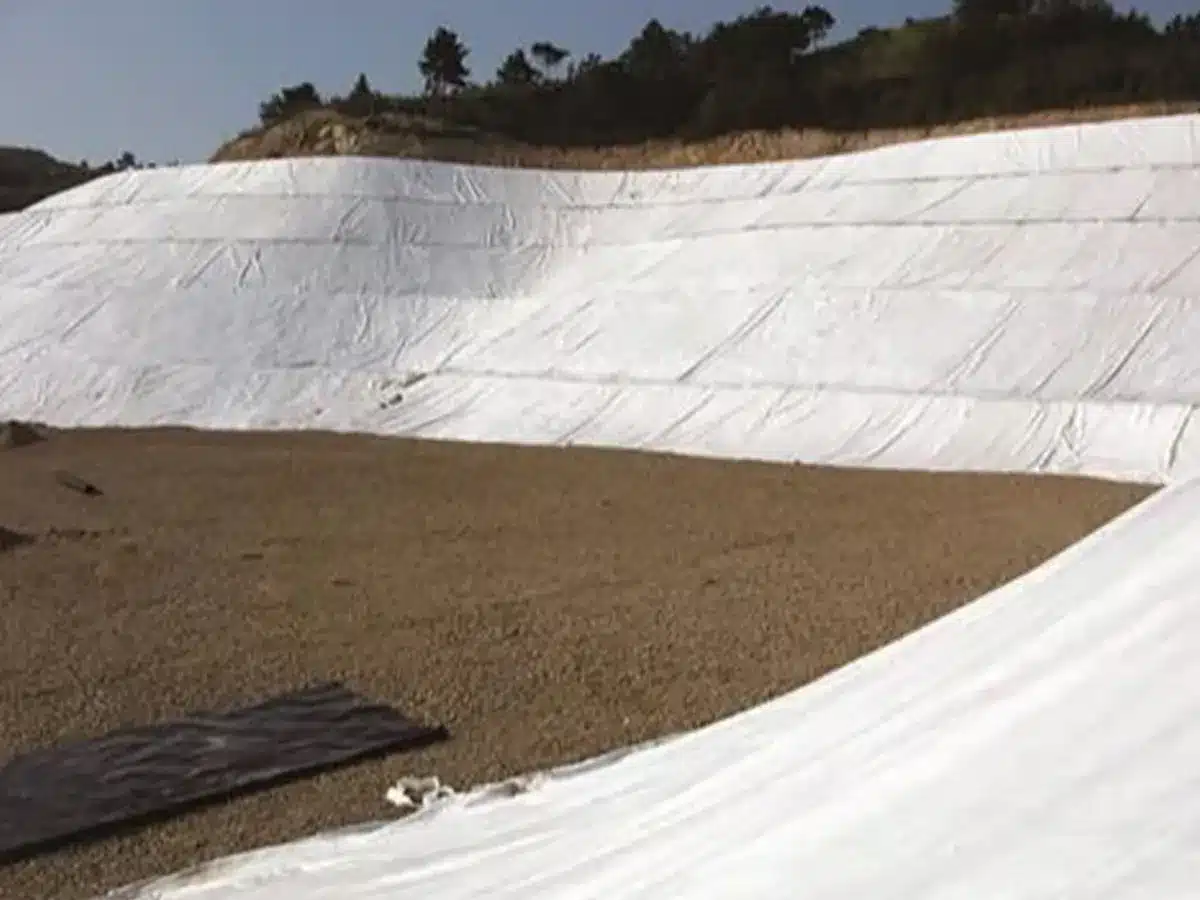
New Systems Like Thessius Redefine Wall Construction
Innovations like the Thessius system are also contributing to the evolution of retaining wall construction. This system features a polymer embedment sealing profile cast into an impermeable precast wall panel, providing each construction joint with a high-strength seal. By eliminating the need for internal or external batter slopes, Thessius increases volumetric capacity and reduces fill materials, emissions, and other costs.
As the demand for resilient and eco-friendly infrastructure grows, the integration of geotextile for retaining wall applications is poised to play a pivotal role in shaping the future of construction.
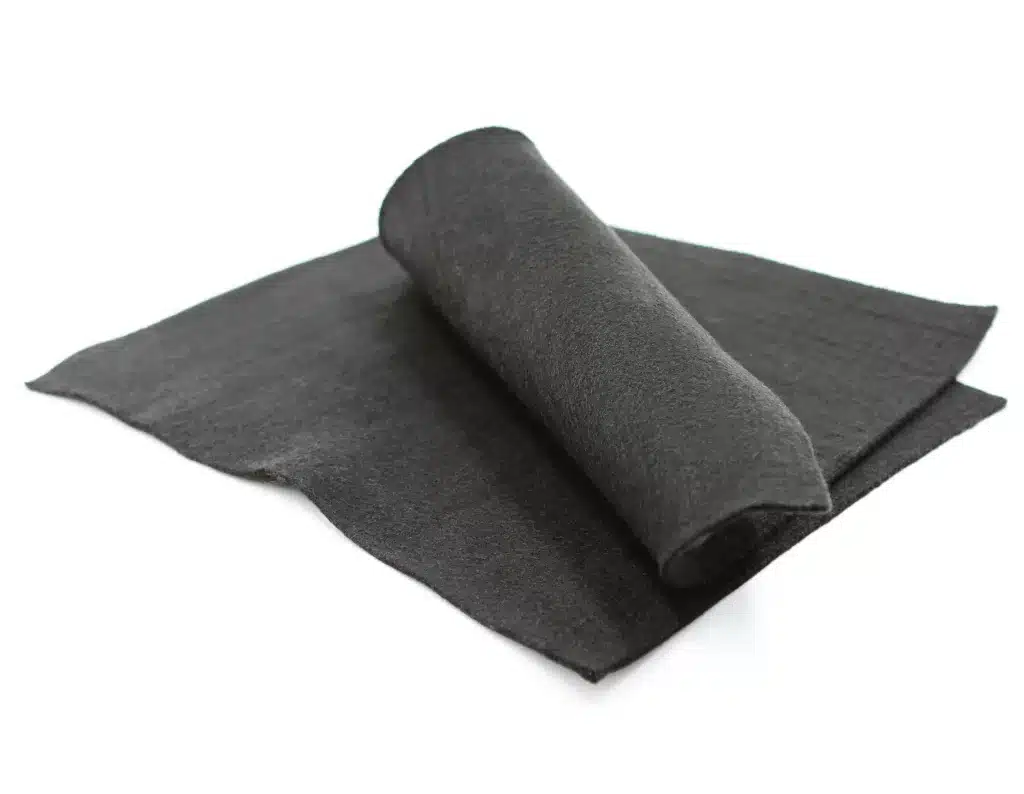
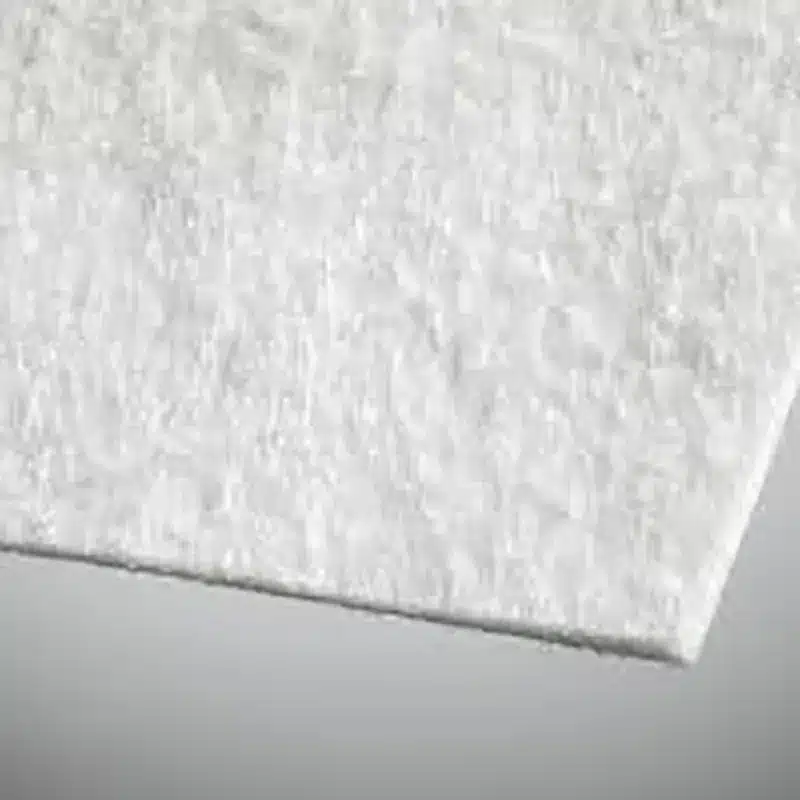
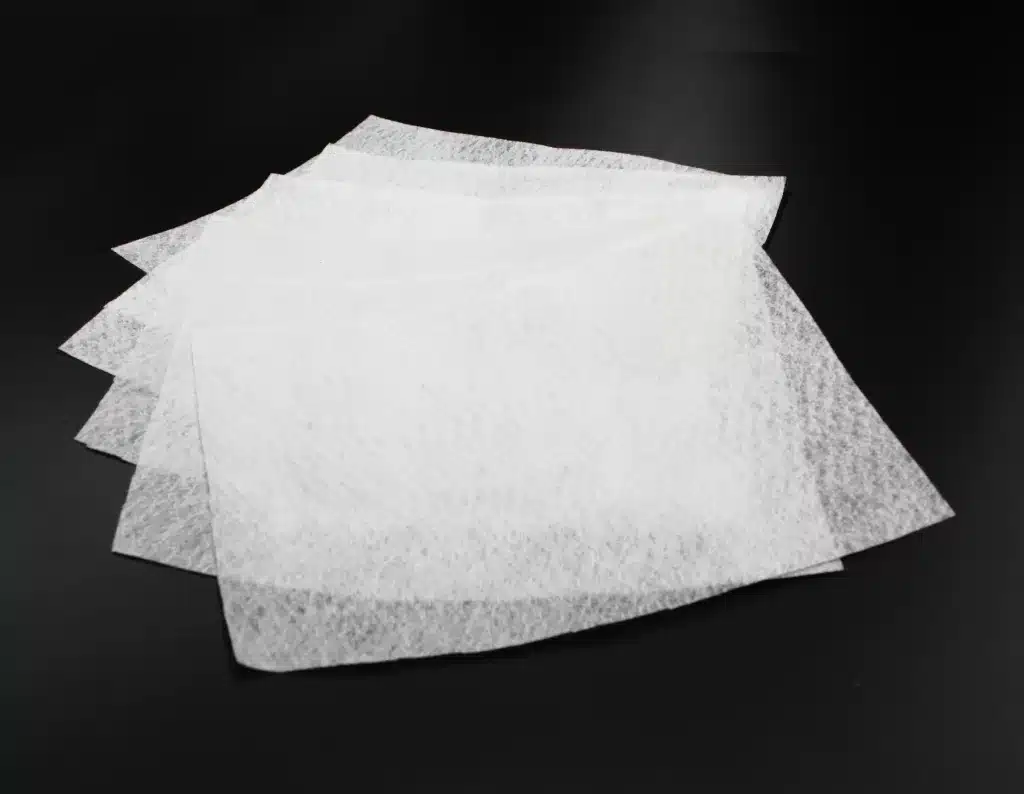
Get Free Sample
We’ll respond as soon as possible(within 12 hours)
